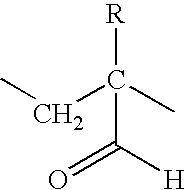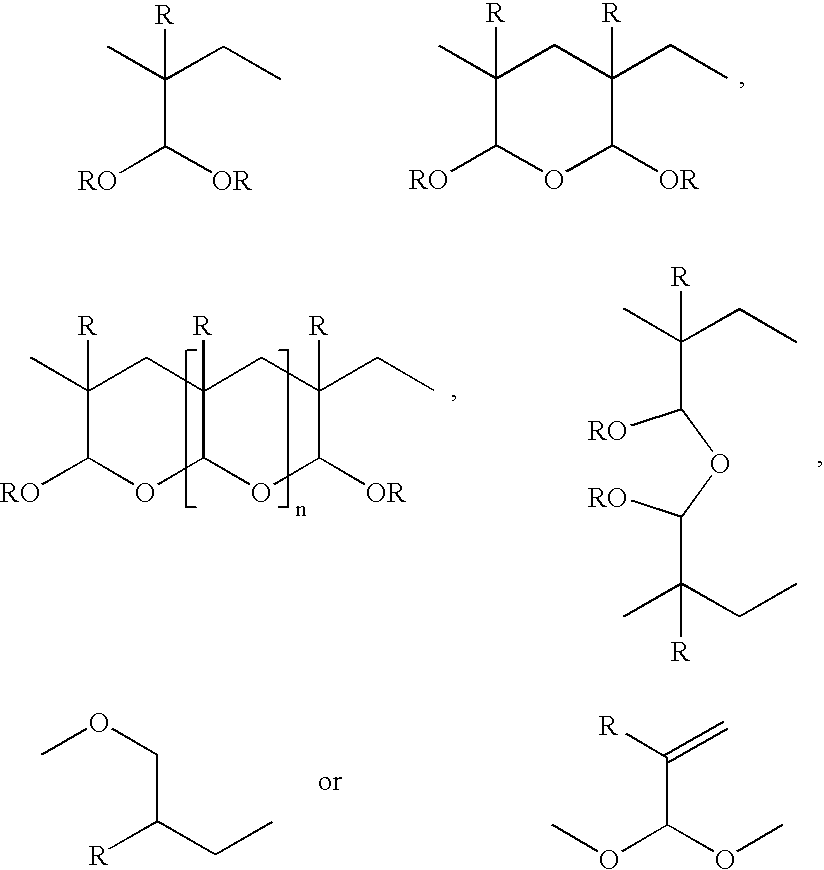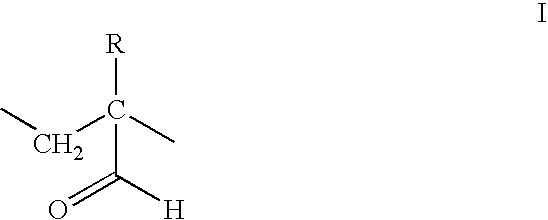Topical polymeric antimicrobial emulsion
a polymer and antimicrobial technology, applied in the field oftopical polymeric antimicrobial emulsion, can solve the problems of skin irritation in some people, adverse reactions following transdermal absorption in sensitive individuals, and less desirable us
- Summary
- Abstract
- Description
- Claims
- Application Information
AI Technical Summary
Benefits of technology
Problems solved by technology
Method used
Image
Examples
example 2
[0069] The following formulation of an emollient hand cream is prepared by the same method as Example 1:
3 Raw Material Function % w / w Purified water Aqueous Phase 69.5 VEEGUM Ultra Inorganic stabilizer 1 .0 Sodium Chloride Inorganic stabilizer 2.0 CHEMYDE.sup.RTM Polymeric preservative 0.2 antimicrobial Antaron V 200 Polymeric film former 2.0 BRIJ 78 Polymeric secondary emulsifier 0.3 DCQ2-5200 polymeric primary emulsifier 5.0 GE Silicone fluid SF1555 Polymeric hydrophobic 15.0 component and emollient DC Silicone fluid 1401 Polymeric emollient 5.0
[0070] The produce was aged at 40.degree. C. for 4 months after which it was stable and passed the BP challenge by bacteria as described in Example 1.
example 3
[0071] This example demonstrates a composition of the invention in the form of an antimicrobial antiseptic lotion which may be used to sanitize and protect skin from undesirable bacterial levels:
4 Raw Material Function % w / w Purified water Aqueous Phase 67.7 VEEGUM Ultra Inorganic stabilizer 1 .0 Sodium Chloride Inorganic stabilizer 2.0 CHEMYDE.sup.RTM Polymeric preservative and 2.0 antimicrobial sanitizing agent Antaron V200 Polymeric film former 2.0 BRIJ 78 Polymeric secondary emulsifier 0.3 DCQ2-5200 polymeric primary emulsifier 5.0 Bis phenylpropyl Polymeric hydrophobic component 15.0 dimethicone DC silicone 1401 Polymeric excipient (emollient) 5.0
[0072] The produce was aged at 40.degree. C. for 4 months after which it was stable and passed the BP challenge by bacteria as described in Example 1.
[0073] The compositions of the present invention provide a vehicle for the topical delivery of a range of active agents which substantially overcome the problems associated with the prior...
PUM
| Property | Measurement | Unit |
|---|---|---|
| pH | aaaaa | aaaaa |
| temperature | aaaaa | aaaaa |
| composition | aaaaa | aaaaa |
Abstract
Description
Claims
Application Information
 Login to View More
Login to View More - R&D
- Intellectual Property
- Life Sciences
- Materials
- Tech Scout
- Unparalleled Data Quality
- Higher Quality Content
- 60% Fewer Hallucinations
Browse by: Latest US Patents, China's latest patents, Technical Efficacy Thesaurus, Application Domain, Technology Topic, Popular Technical Reports.
© 2025 PatSnap. All rights reserved.Legal|Privacy policy|Modern Slavery Act Transparency Statement|Sitemap|About US| Contact US: help@patsnap.com



